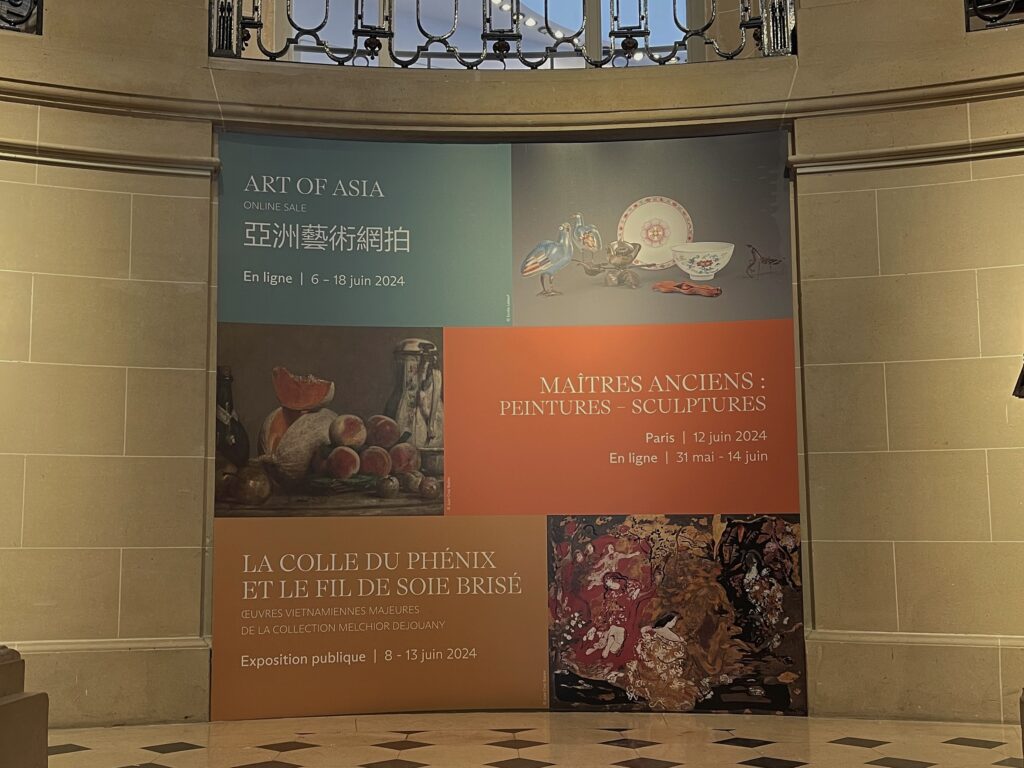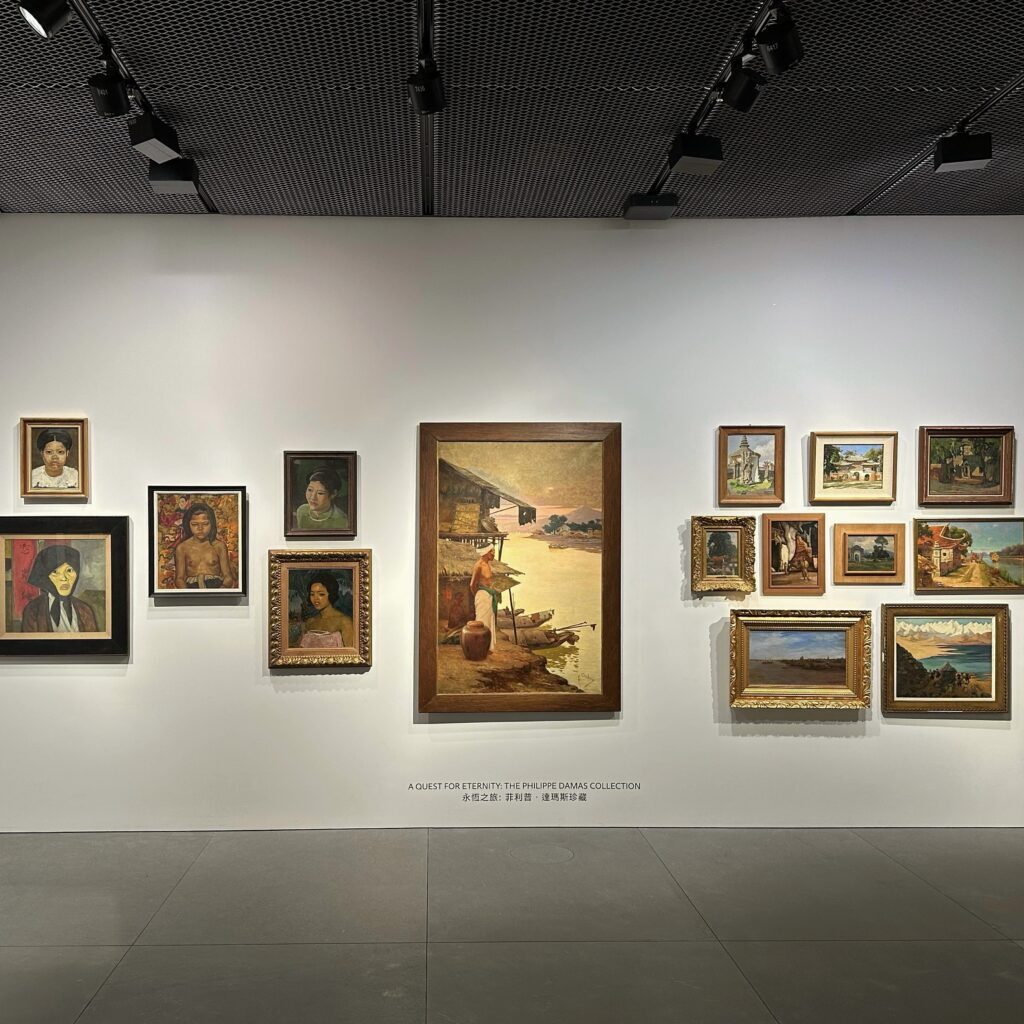Chardin was the pre-eminent still-life painter of his day and would go on to inspire Manet, Matisse and Cezanne. This masterpiece from the Rothschild family collection is offered with the estimate EUR 8,000,000 - 12,000,000 in Maîtres Anciens: Peintures — Sculptures on 12 June 2024 at Christie’s Paris
Le melon entamé is one of the artist’s most important works, and it remains in private hands. For Pierre Etienne, Christie’s International Director of Old Master paintings, “Le melon entamé is an instance of pure pictorial poetry, a moment suspended in time that encapsulates all of Chardin’s magic: the balance of composition, light, colour, and shape.” The painting was first exhibited at the annual Salon held by the Académie de Peintures et de Sculptures in 1761, alongside its pendant, Le bocal d’abricots, (now in the Art Gallery of Ontario, Toronto) and the famous Panier de Fraises, acquired in February 2024 by the Louvre.
These three treasures were noted by the artist Gabriel de Saint-Aubin during the Salon, who sketched them in the margins of his copy of the exhibition catalogue.
The oval, almost circular format of Le melon entamé highlights the intimate nature of the scene as experienced by the viewer. Rare in the artist’s œuvre, this form was chosen by Chardin for a specific reason; it becomes, as is the case in this painting, an extension of the composition. In a sense, Le melon entamé is an ode to roundness. This shape is rarely used by the artist, and as Pierre Rosenberg stated in his 1979 exhibition catalogue, it is “amongst the finest.”
Jean Siméon Chardin (France, 1699-1779)
Le Melon entamé
signé et daté ‘Chardin 1760.’ (en bas, au centre)
huile sur toile, ovale
57 x 51,5 cm (22 7/16 x 20 ¼ in.)
Estimate
EUR 8,000,000 – 12,000,000
Price realised EUR 26,730,000 at Christie's: Maîtres Anciens: Peintures — Sculptures, Paris, 12 June 2024
















